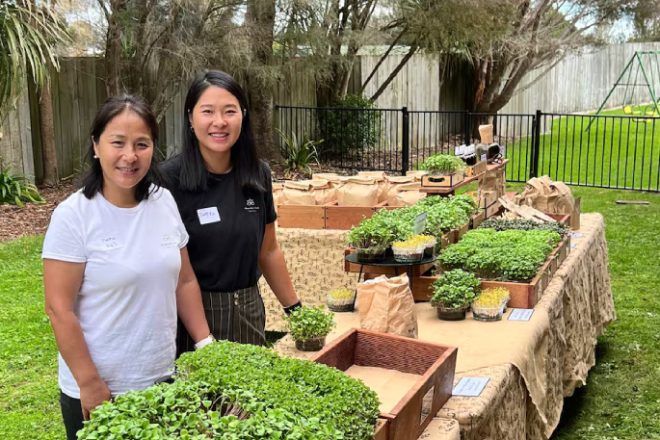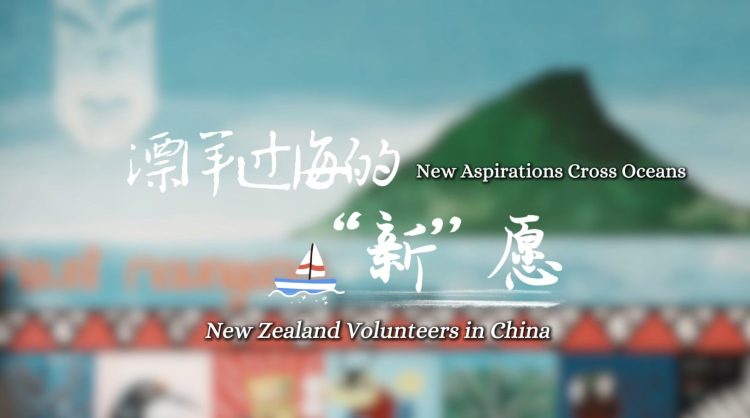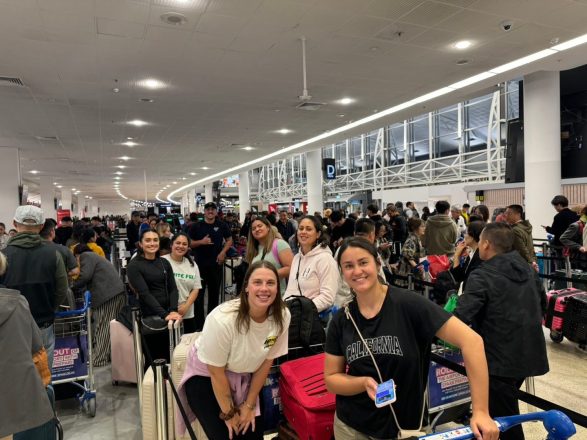Kali and Jiangyu, the founders of Mama Kali’s Farm, are passionate about microgreens. They believe these tiny vegetables are more than just a fancy garnish. The mother-daughter team started their business in Te Puke in 2022 and it has quickly grown. They began with a small 15 square meter plot of land and now operate a 72 square meter farm, planting at least 250 trays of microgreens each week.
Their sales have also increased significantly. They started by selling 40 packets of microgreens per week and now sell more than 1,300 packets weekly. Microgreens are young vegetables that are packed with nutrients. They are believed to be healthier than mature vegetables because they are rich in vitamins and minerals like calcium.
Both Kali and Jiangyu have always loved gardening and have more than 300 indoor and edible house plants between them. Jiangyu lost her job at an indoor plant business during the Covid-19 pandemic and Kali was retired. This led them to start their farming venture. They handle everything themselves, from growing to harvesting, packaging, and selling their produce.
The duo is committed to eco-friendly farming. They don’t use sprays or chemicals on their greens, they’re mindful of their water usage, and they hand-harvest all their trays without the use of machines. They also use natural light to grow their microgreens and only use heating systems during the germination phase.
Hand harvesting can be labor-intensive, but Jiangyu says it ensures the quality of their produce. She explains that hand harvesting a tray takes five minutes, compared to 15 seconds with a machine. However, they are proud of this approach as it allows them to double-check the quality of the greens they package. Their microgreens often stay fresh for more than a week.
The name of their business, Mama Kali’s Farm, is an inside joke between the two of them because Kali has a large vegetable garden in her backyard. They enjoy working together and learning from each other.
Their products are now sold in nearly 25 supermarkets in the Bay of Plenty and Hawke’s Bay areas, including New World, Pak‘nSave, and Fresh Choice. Their goal is to expand their network of stockists to other supermarkets across the country.
Jiangyu encourages others to try growing microgreens. She says it doesn’t require much land or water and the plants grow quickly. They can be grown on a kitchen bench and only need watering once a week. She adds that growing microgreens is fun, easy, and healthy.




























































